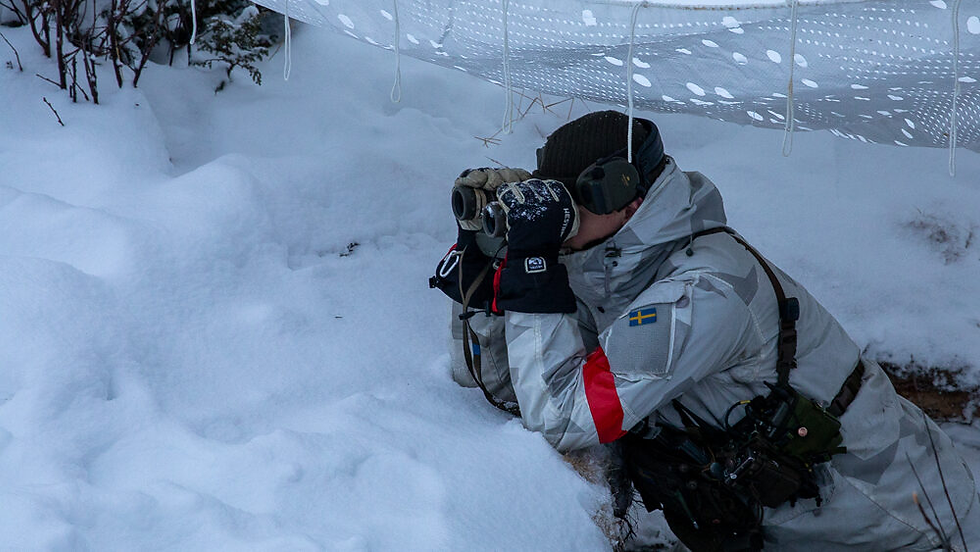Sweden delays 3.5% GDP defense spending target, likely to 2032
- office736978
- 2 days ago
- 2 min read
By Jonas Olsson — June 19, 2025

STOCKHOLM — Just days before NATO’s summit in The Hague, Sweden announced it will delay reaching its 3.5% of GDP defense spending goal until 2032, a timeline officials say is likely to become the alliance-wide compromise next week.
Swedish Defense Minister Pål Jonson said Stockholm still supports the 2030 target and is pushing for it within NATO, but acknowledged that unanimity is required: NATO Secretary General Mark Rutte has already indicated that 2032 may be the realistic date.
According to Mikael Oscarsson, defense policy spokesperson for the Christian Democrats, several countries — including Spain and Italy — have pushed for 2035, making 2032 the likely middle ground.
Rutte has also floated the idea of expanding NATO’s spending framework to 5% of GDP:
3.5% for core defense capabilities
1.5% for broader security-related investments
Details and timelines are still under discussion.
Sweden’s new 2032 target is part of a political agreement on the 2026 defense budget, which includes a plan to secure up to 300 billion SEK (about USD $3 billion) in loans to support defense priorities. The document states the spending goal will be postponed “by up to two years,” effectively extending it from 2030 to 2032.
The agreement also notes that if NATO adopts the additional 1.5% spending target for broader security measures, Sweden should meet it as well, although the definition of this category remains unclear.
At a press briefing, Finance Minister Elisabeth Svantesson said:“To speak plainly, it’s about making sure our children and grandchildren don’t have to learn to speak Russian.”
Rutte recently warned that NATO requires a 400% increase in air defense capacity, highlighting it as one of the alliance’s biggest capability gaps. Swedish officials echoed this, citing shortages in air defense, ground forces, ammunition, and long-range strike capabilities.
Security services in Sweden and Denmark have warned that the region could face the risk of war within two to five years, Oscarsson said.
Sweden already operates Patriot PAC-2 and PAC-3 systems, delivered in 2021–2022. The European SAMP/T system competed in the same USD $3 billion procurement but was ultimately rejected in favor of Patriot — a choice Swedish lawmakers now describe as correct due to Patriot’s ballistic missile defense capabilities.
Looking ahead, Sweden is examining additional layers of air defense, including Israeli systems, which Oscarsson noted provide a four-tier structure used against Iranian threats. Sweden may determine that similar layered defenses are necessary.
As NATO prepares to meet next week in The Hague, a contentious debate over defense spending targets is expected — with the U.S. pushing European allies to assume a larger share of the burden.

Comments